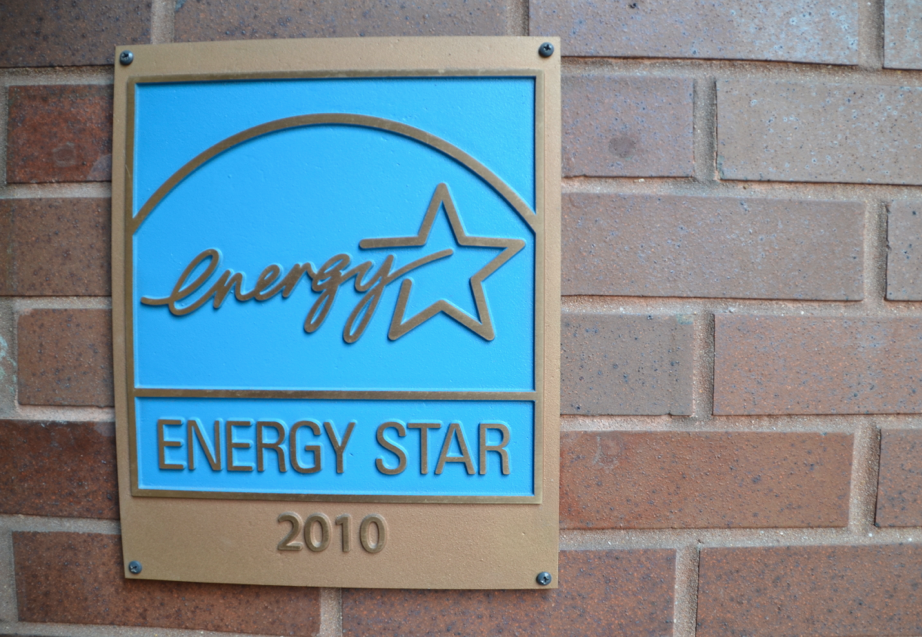Code Green Solutions


The Fall 2014 release of a new ENERGY STAR multifamily energy benchmarking and scoring tool brings both opportunities and certain challenges to apartment investors. Owners and operators of existing multifamily housing properties with 20+ units will be able to use this new capability to assess their energy performance relative to a national peer group.
Most investors are aware that utility costs are the largest controllable real estate operating expense. Increasingly, these investors are looking to incorporate asset-level data points using LEED certification and ENERGY STAR scores into investment analysis protocols.
With the release of this new benchmarking capability, acquiring a multifamily ENERGY STAR score is now closer than ever.
Apartment owners are advised to:
Implementation
Benchmarking energy use in the multifamily real estate sector is not a straightforward task, primarily due to three issues: 1) complexities with how utility services are provided to residents, 2) municipal government and public utility commission regulations on metering and sub-metering, and 3) privacy concerns when authorizing and sharing customer consumption data.
These three issues, in isolation or combination, create barriers to accessing whole building energy consumption data, the largest challenge to engaging ENERGY STAR multifamily benchmarking. Most apartment buildings have lease structures whereby tenants pay their energy bills directly to the provider. Thus, utility companies view the rate-payer as their customer, not the building owner. This direct customer relationship has resulted in the utility industry’s historic reluctance to share tenant consumption data with building owners.
Because ENERGY STAR for multifamily is a whole-building rating system, generating a valid score requires data for 100% of building energy use. Apartment owners must provide trailing 12-months of energy data for all resident and common areas to include all fuels used. Buildings that score 75 or higher are eligible to receive ENERGY STAR certification and market recognition.
Access to tenant data is hard to come by and rarely available for all tenant spaces in most REIT-owned apartment communities. In lieu of trailing 12-month energy data for all tenant and common spaces, ENERGY STAR offers two other benchmarking options:
While having some data can provide useful management information, owners who choose either alternative option will be unable to achieve a valid whole-building ENERGY STAR score. Unfortunately these buildings are not eligible for ENERGY STAR certification, a valuable market signal, and partial building scores are not eligible for LEED certification or GRESB reporting purposes.
Management Strategy
Management teams should begin implementing a company-wide policy requiring all property managers to engage with the ENERGY STAR Portfolio Manager tool. Staff can create a profile covering every asset and link them together under the company’s portfolio. Gathering the required property and energy use can have varying degrees of difficulty – it’s best to start now and target year-end as the first milestone from which to gauge progress.
With data in hand, building managers should enter as much energy consumption data as available for the property to begin the tracking and measurement process. Concurrently, owners may seek to implement new lease clauses as tenant leases roll over allowing access to tenant utility data upon lease renewal. Building owners should also contact their utility provider to request an aggregated roll-up on consumption data for all building tenants.
Having access to energy consumption data will be enlightening for many executives. The National Apartment Association 2013 Survey of Operating Income and Expenses in Rental Apartment Communities reveals owners of individual-tenant metered properties spend an industry average of $535/unit in annual utility costs [common area consumption], and over $1,400/unit at master metered properties. Utility costs are often the highest, and most controllable, operating expense.
Executives who engage now will have an information advantage, and be strategically well-positioned to take advantage of new market opportunities as they arise.
Considerations
The inability to assess whole-building energy consumption is an oft-cited reason why apartment owners remain on the sidelines when it comes to engaging energy efficiency measures through the LEED building rating system and ENERGY STAR energy benchmark. Some real estate managers report difficulty working with utility companies to access whole-building data, or achieving 100% tenant participation in data sharing efforts. Numerous efforts are underway to promote data sharing and include the Department of Energy’s Green Button program among others.
The apartment sector’s historic lack of engagement has resulted in certain negative ripple effects including difficulty in compiling information and conforming with municipal benchmark policies, hindered access to the burgeoning Green Bond market, and heightened investor scrutiny stemming from sub-par participation levels and overall scoring on the GRESB survey for institutional investor holdings.
It’s notable that major apartment portfolio owners are significantly under-represented in achieving building-level LEED certification under the LEED Existing Building rating system. This is indicative of how the apartment sector may be falling short in engaging industry efforts designed to promote energy efficiency or sustainability best-practices.
It bears pointing out that investors and lenders view management competency through a financial lens that includes multiple metrics and ratios, viewed on a comparative basis. It’s not a stretch to envision how major institutional investors will soon demand greater information and comparative data to include an accounting of utility costs and consumption at the property level. This information, combined with the property’s ENERGY STAR score and LEED rating along with the company’s GRESB score, can provide solid signals that impact investor assessments of asset and/or management risk.
The bottom line is relatively simple: management teams that maximize inputs while minimizing waste are more likely to achieve outsized capital market rewards for investors. The launch of the ENERGY STAR tool for multifamily benchmarking is a solid first step toward bringing the apartment sector into the mainstream of owners and investors who view green building as a risk reduction mechanism and a revenue enhancement opportunity.
For more on ENERGY STAR’s release of the multifamily rating tool, please see Part I of this series titled “Multifamily REITs Acquire New ENERGY STAR Benchmarking Opportunities”